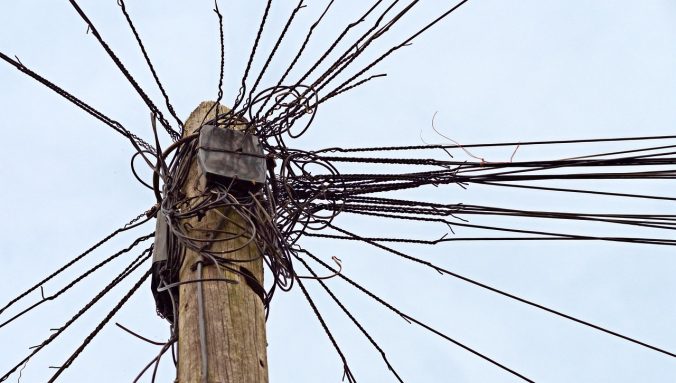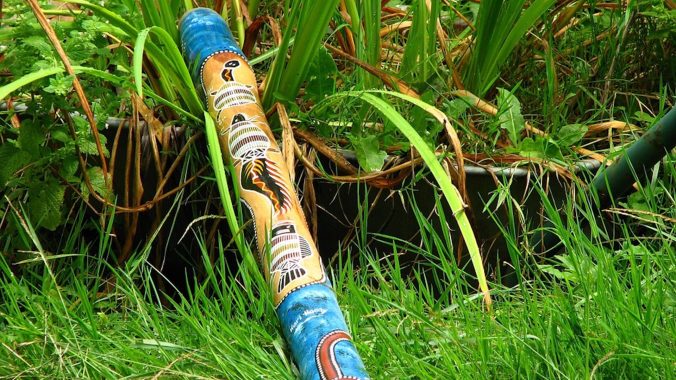As well as acting for some of the largest corporations in the world, we also work on behalf of talented people who are famous for their creative output. We have acted in disputes relating to film stars, authors, fashion designers and, in this memorable case, a member of a boy band launching his solo career.
As my colleagues are all too aware, I only listen to hypnagogic pop and crunkcore, but even I knew of JLS. As a band, they leapt to fame when they came second to Alexandra Burke in the fifth series of The X Factor, shown on ITV in the United Kingdom.
Made up of talented musicians Aston Merrygold, Oritsé Williams, Marvin Humes, and JB Gill, the band went on to have a string of hits and sold 2.6 million albums and 3.6 million singles in the UK alone.
But back to that X Factor final. On 14th December 2008, as millions tuned in to watch, an individual in London spotted an opportunity. The band, now in the spotlight, had their names in the public eye. This dispute focused on Aston’s .com – astonmerrygold.com – as our respondent, with a gimlet eye focussed on an opportunity, registered each band member’s name as a .com and .co.uk domain within minutes of the final televised result.
This is what I call the “Dragons’ Den”* effect, or the “Shark Tank”** effect for our American colleagues. The moment a business name is revealed on these faux-preneurial shows, a rush of keyboard warriors will race to buy up the corresponding domain names. Perhaps with the aim of selling it to the now well-funded fledgling business.
In this case, our cybersquatting entrepreneur redirected the domain names to his website at “geniefashion.co.uk” where he sold a variety of t-shirts and other rather dubious fashion items. Clearly, his business plan was to use the attractive force of our famous client’s name to drive t-shirt sales on his website.
As is so often the case, the respondent replied to our complaint with shocked incredulity. Mentioning our formal, but polite, pre-dispute correspondence, he noted “…I was initially shocked by [Com Laude’s] emails and demands. It took me completely by surprise as I have never been contacted by anyone in this manner before”.
He protested his innocence, illogically positing that “if rich companies can form businesses and brands and then retrospectively claim a domain name that was purchased legally before they existed as an entity would be unfair”.
Of course, his logic bypassed the fact that he was monetising someone else’s personal name, a name which our client relied upon to make a living and which he had built up considerable fame and goodwill through his talent and hard work!
Having considered both sides of the argument, the panellist clearly agreed with us, noting that the timing of the domain name’s registration was deeply suspicious:
It is clear beyond any doubt from the timing of the registration of the Domain Name, the fact that the Respondent at the same time registered domain names that corresponded to other members of JLS and the fact that Aston Merrygold is of itself a relatively distinctive name, that the Domain Name was registered because of the Complainant’s appearance as part of JLS on the X-Factor television show.
Also, the panellist gave the respondent short shrift for taking advantage and monetising the domain name:
Further the Panel accepts that the reason for doing this was to gain some form of commercial advantage for the Respondent or some other commercial entity with which he was involved. The Complainant contends that this advantage took the form of redirecting Internet users to a website of a company of which the Respondent was a director.
Finally, the panellist didn’t much care for the respondent’s view that it was entirely acceptable to register our client’s name simply because he got there first during that fateful X Factor final:
the Respondent appears to maintain (although this is not entirely clear) that such registration and use was in some way legitimate, because at the time of registration the Complainant had no trade mark rights in his name because he had yet to pursue a solo career and, therefore, these proceedings constitute an attempt to “retrospectively claim a domain name that was purchased legally” prior to the existence of the rights relied upon. … the Panel does not accept this.
The respondent’s feigned innocence didn’t carry much weight in the panellist’s eyes, and the domain name was transferred to our client.
With our diligent efforts, we struck the right chord, ensuring our entrepreneurial respondent had to play by the rules. Our pop star client could now belt out the tunes without worrying about online imposters hijacking his traffic and redirecting fans to dubious t-shirt shops.
If you have a problem with infringing domain names, even if you’re not thinking of starting a solo pop career, then do connect. Now I’m off to listen to my crunkcore collection.
* I’ve always had a problem with the program’s title “Dragons’ Den”, as dragons don’t live in dens. Foxes live in dens, dragons live in lairs. Another example of alliteration riding roughshod over accuracy.
** Sharks don’t live in tanks either
Aston Merrygold v. Martyn O’Brien [WIPO Case No. D2014-1462]
[Photo: Pixabay]








